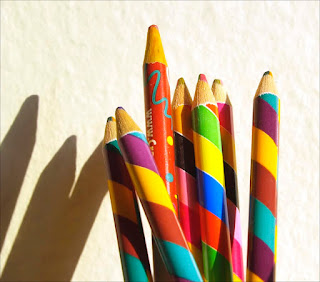
Finally! All moved in and almost entirely up and running. Can't seem to get my desk top machines to go online, but the netbook is chugging along. Took a while to get back to blogging...
Spring has sprung and all kinds of flowery stuff is blooming and spreading beauty and pollen all over the lot.
Even upgraded my camera... So if it's not about the camera, this will be about a camera. Got a bit money and went and got the Canon 5dmk2. Makes huge files, weighs a ton, costs a bundle, the lenses are also pretty damn pricey, and the least expensive dedicated flash was also too much money (got it anyway). But, it is a technological marvel. Images are sharper than I could ever get with film, unless I was shooting medium top large format. Wide contrast range, intuitive controls....
But -
Getting past the camera has been the main task. I have a particular pet peeve against what I call "equipment driven photography". That's the kind of photography where the machinery used takes over from the content. The use of ultra wide lenses, just to use ultra wide lenses, for example. Studio shots where all the work has been done by assistants, including the lighting, and all the "photographer" does is push the shutter button.
The challenge is to use any tool as an extension of one's vision, not as a replacement.









